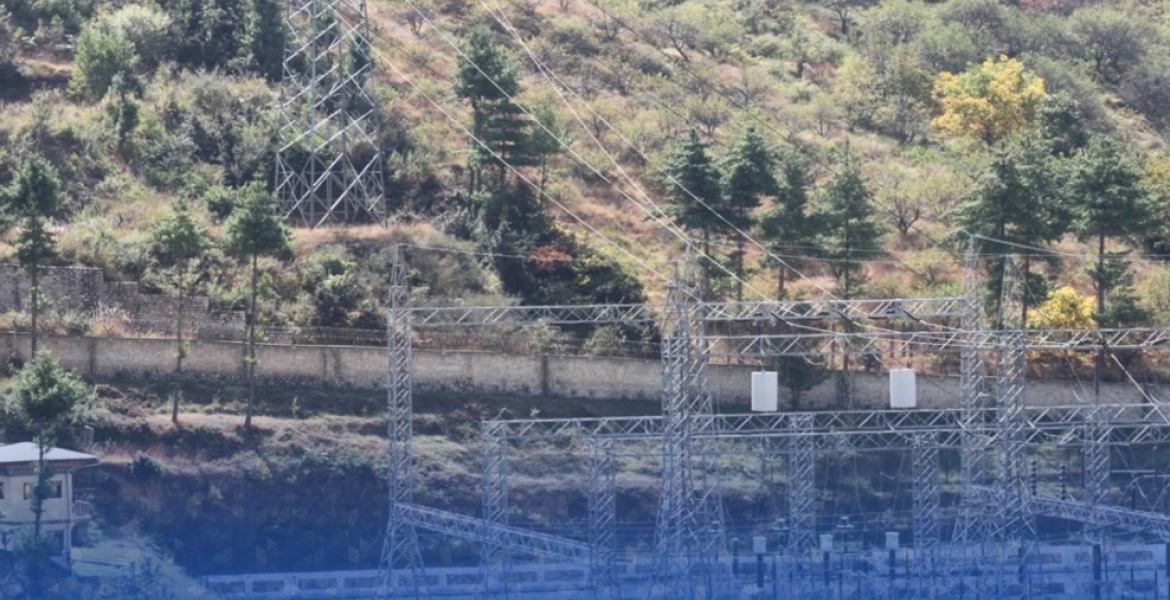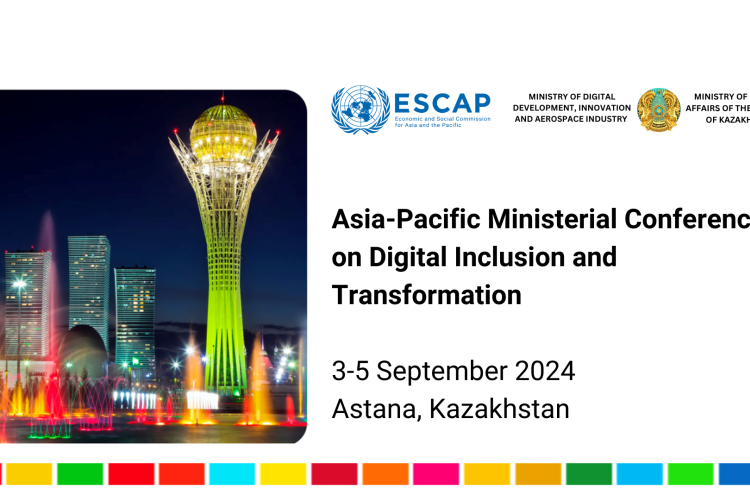ICT Co-Deployment with the Electricity Infrastructure, The Case of Bhutan
For the Royal Government of Bhutan (RGoB), providing affordable and reliable communications facilities to all its citizens has always been a challenge due to the country’s rugged and mountainous terrain, small and scattered population, and landlocked nature. Nevertheless, recognizing the potential of information and communications technology (ICT) in boosting socioeconomic development, the RGoB has committed to the roll out of a national fibre-optic backbone infrastructure since 2015, through its National Broadband Masterplan Implementation Project. The Department of Information Technology and Telecom (DITT) of the Ministry of Information and Communications (MoIC) is responsible for coordinating the development of the ICT infrastructure.
Prior to 2003, communications in Bhutan was only available through its fixed-line network, and Bhutan Telecom Limited (BTL) was the sole provider of the service. With the introduction of mobile telephony since 2003, the number of fixed line-subscribers have been decreasing steadily, while mobile subscribers have been increasing. By 2017, the number of mobile subscribers has reached 709,431, or 90.9 per cent of the total population. Currently, there are eight Internet service providers in the country, but only three provide Internet services nationwide.
In order to meet the growing demand for telecommunications services and increase the capacity of the national backbone network, BTL and the Bhutan Power Corporation (BPC) decided to co-deploy the first fibre-optic cable (FOC) system in the country in 2003. The optical ground wire (OPGW) cables were laid over BPC’s power transmission lines between Thimphu and Phuentsholing that ultimately connect to the Indian FOC system to access the submarine cable for international connectivity. The agreement between BTL and BPC stated that BPC would receive maintenance and lease fees, as well as the right to access 12 of the 24 cables.
Subsequently, to promote a level playing field and encourage new operators to enter the market, all the fibre assets of BTL and BPC were consolidated following an executive order issued by the RGoB, and an agreement between the RGoB and BPC to execute the National Broadband Masterplan Implementation Project. Licensed operators were each allocated a pair of fibres by DITT without any lease charge. This arrangement intends to keep the price of Internet/telecommunications services low and affordable. The Division of Telecom and Space is responsible for the development of the fibre network and the allocation of fibre to licensed ICT players in the country.
The report can be downloaded at: https://www.unescap.org/resources/ict-co-deployment-electricity-infrastructure-case-bhutan






